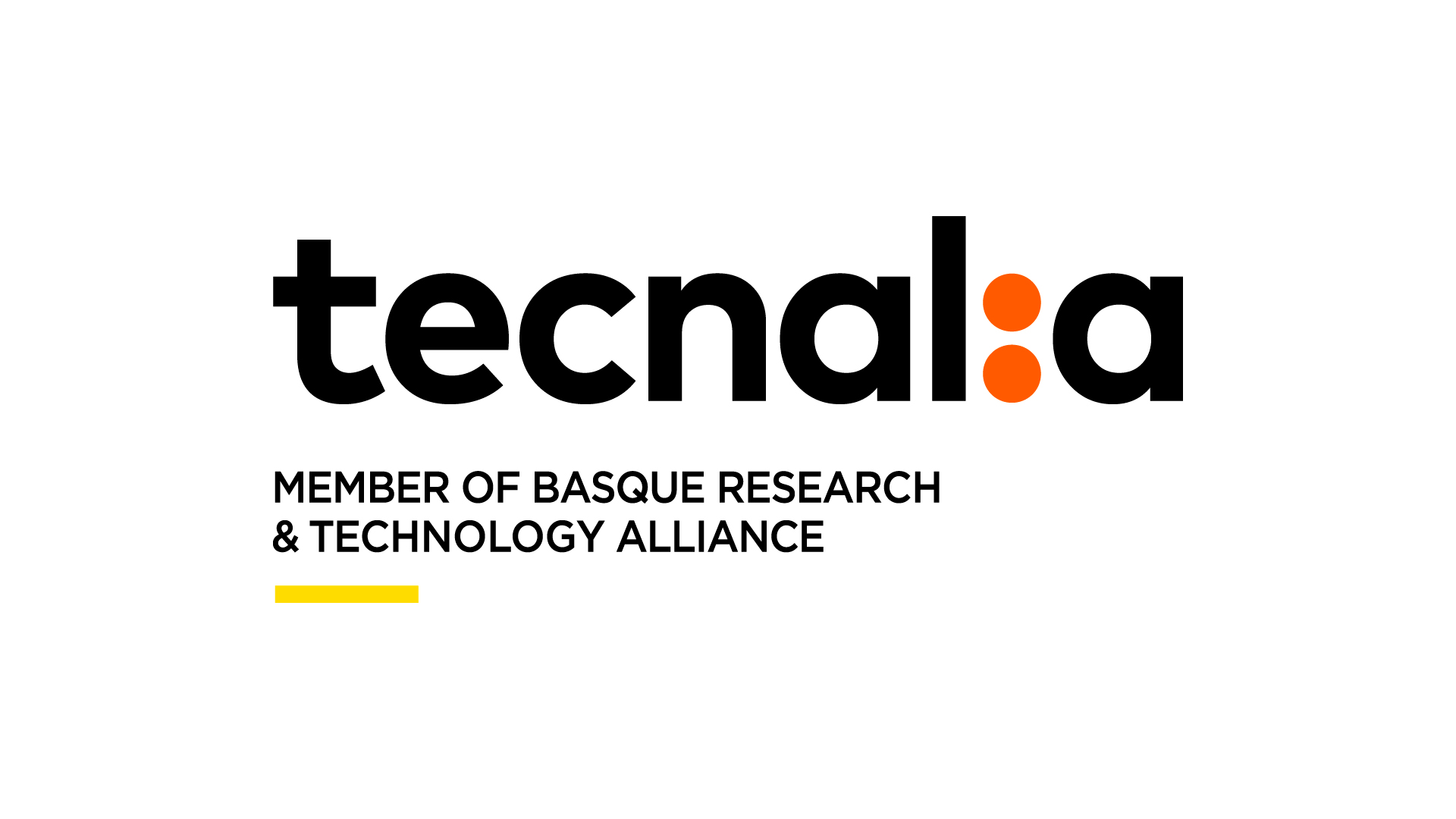NAME KUBIK: Experimental and digital infrastructure for energy efficiency in buildings

KUBIK is an experimental research infrastructure for real scale testing and validation of materials, concepts, products and systems to improve energy efficiency of buildings without penalizing user confort. KUBIK has the experimental capabilities to reproduce the conditions of use, allowing validation of products and systems in conditions close to those of service. KUBIK has more than 800 sensors that records conditions inside and outside the building. The new digital twin of building will allow the predictive control of buildings through machine learning techniques.
FIELDS OF APPLICATION
Design and development of materials
Materials and processes in Circular Economy
MOST OUTSTANDING EQUIPMENT AND COMPONENTS
-
Digital twin of buildings
A "Digital twin of building", a platform to validate and predict behavior of energy efficiency solutions in buildings, through IoT and digital technologies. The system is composed by :
*A control scada, for the real time control of KUBIK installation and monitoring of the devices to be validated in KUBIK, based on open technologies.The IoT infrastructure is formed by Gateway Z-Wave and Gateway Lora communication networks.
A data collection system, connected to a Hadoop infrastructure; control interface, communication and alarm system.
* A BIM 6D Module, offering a working visual environment through the BIM model of the building, and its connection with the physical environment. The platform has the BIM model of KUBIK, able to be shared and modified. This model contains the static information of the buiding , but dynamic information could be also associated through common identification codes among BIM and IoT modules.
Horton Works infrastructure applicated to Artificial Intelligent algorithms. -
HVAC system
Two independent centralized HVAC systems are available in KUBIK (a hydronic system and a VAV AHU system). Both systems receive the required thermal energy (hot/cool wáter) from the multi-generation system but have specific distribution and emission subsystems.
* Hydronic heating and cooling system with a distribution subsystem (4 pipe system) and the emission subsystem is formed by conective units (fancoils) and radiant emission systems (heating floors and chilled ceilings) deployed at zone level to provide the required confort conditions.
* AHU system for ventilation and heating/ cooling formed by: 1 AHU equipped with all
the elements necessary to treat supply air and a distribution system formed by a supply and a return duct network to distribute the treated air all over the infraestructure. Emission system formed by innovative VAV boxes developed by TECNALIA to conrol and measure the energy delivered to each testing zone (MCUs) -
Onsite electricity generation system
Apart from the connection to the electric grid of the utility the following onsite electricity
generation sustem/equipment are available to meet the electricity needs of the infraestructure:
A MicroCHP unit. Alternative combustión engine working on natural gas with an electric output of 5,5 kW.
An Micro win Turbine with a nominal electric output of 6kw(horizontal axis and orientable rotor) deployed next to KUBIK
A roof mounted PV system with a peak electric output of 6,5 kW. -
Thermal multi-generation system
The thermal multi-generation system is formed by
A micro CHP unit (12.5kWt and 5kWe) coupled to a hot wáter storage tank acting as the leading hot wáter and electricity generation equipment.
In terms of cold wáter there are two coolers (70kWt)
An Air geothermal system that uses the ground as heat source/sink, coupled to the AHU system and acting as a pretreatment unit for the ventilation air.
Water geothermal system (Ground source heat pump) coupled to a storage tank connected to the heating /cooling wáter distribution subsystem that uses the ground as heat source/sink
Active facade elements with integrated solar collectors deployed in the south facade
of KUBIK and coupled to the low temperatura hydronic emission subsystem (heating/cooling floors and chilled ceilings). This system when operating in heating mode, can provide low temperature wáter heating, whereas in cooling mode can contribute to cooling through wáter free cooling strategies (night free cooling)
SERVICES OFFERED BY THE ASSET
Building Energy Intelligent Management :multidomain, energy efficient operation
Development of multidomain energy efficient operation strategies based on present needed comfort delivery and system operation optimization
Building Energy Intelligent Management System: reduction of energy demand
Development and validation of ICT-based approaches that lead to a rational use of energy for air conditioning, lighting and ventilation of living spaces; according to the intended use of the building and with comfort levels expected by users.
Innovative energy efficient envelopes assessment : active envelopes
Design and validation of active envelopes which integrate solar thermal or PV collectors
Innovative energy efficient envelopes assessment :Comfort
Design and validation of solutions and materials for user comfort (thermal, visual and acoustic) and good indoor air quality
Innovative energy efficient envelopes assessment: products & materials
Design and validation of solutions and constructive systems that reduce building energy demand, optimized : according to climatology and specific use (office, residential...) using innovative materials.
Renewables sources
Development and validation of high-performance power generation systems based on renewables for buildings
Supply networks, energy purchase and sale
Development and validation of intelligent management of multigeneration, including the relationship with conventional supply networks, energy purchase and sale.
ENTITY MANAGING THE ASSET

Contact person:
Jose Antonio Chica
Joseantonio.chica@tecnalia.com